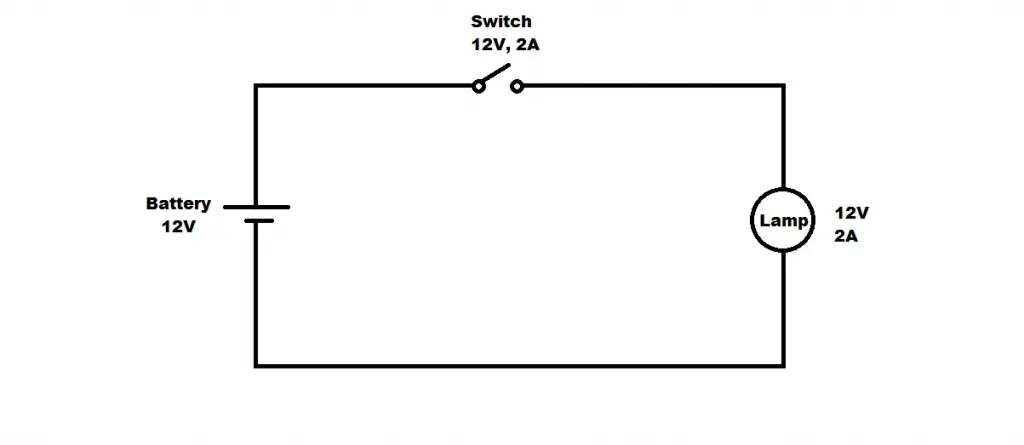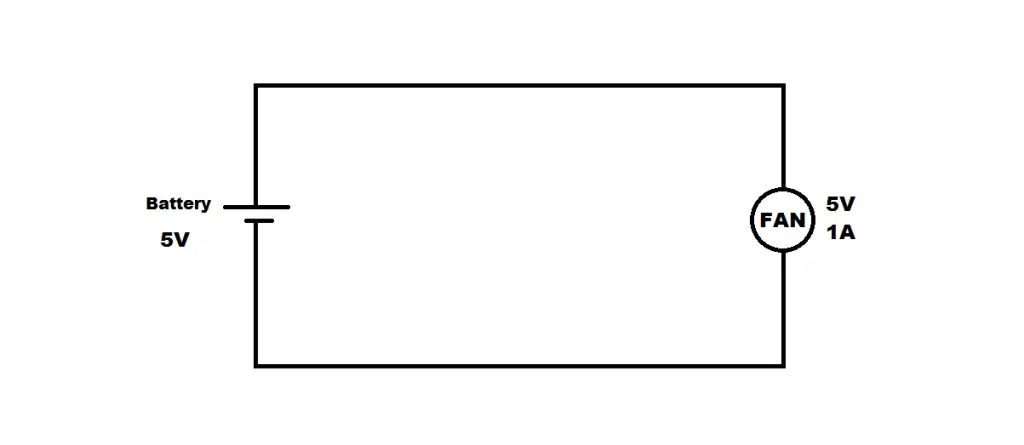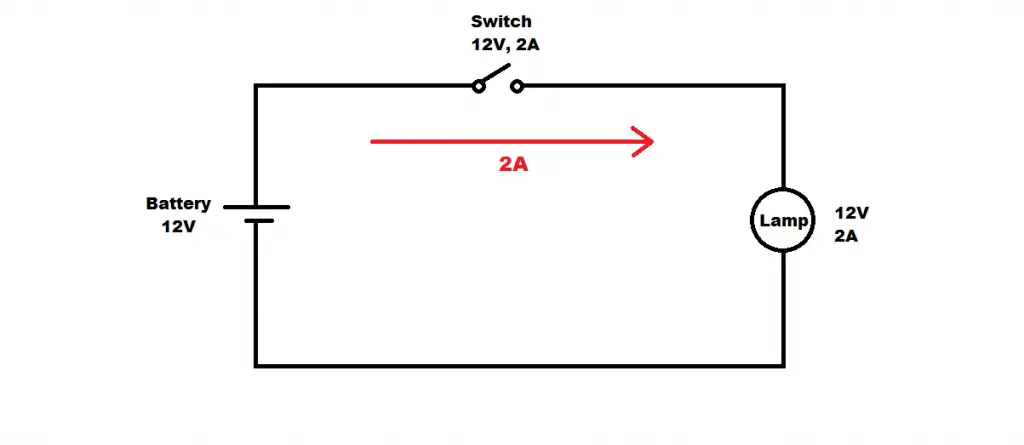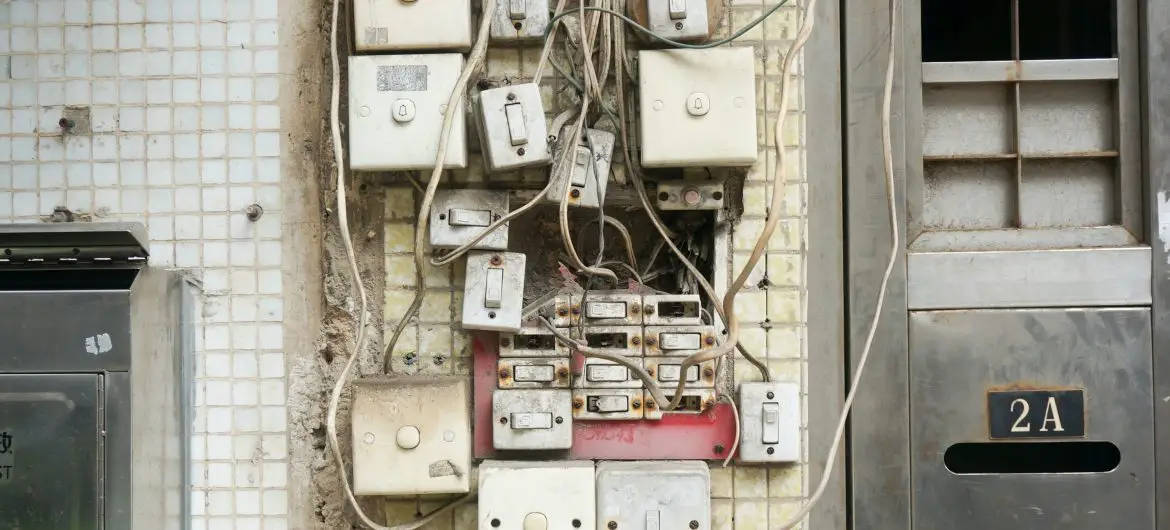A switch is an important component that plays a vital part in many electrical and electronic circuitry.
It provides a way of either letting, or inhibiting the flow of current in a circuit.
But, can you use a 120v switch in place of 12v? Yes, you can use a 120v switch for a 12v application. The 120v is the max voltage rating of the switch, which states that it can handle voltages up to 120 volts. If you will be using the 120v switch in a 12v application this will not be a problem, as the 12 volts is well under the rating of the 120v switch.
You will run into problems if you use the 120v switch in an application that has voltages exceeding the 120 volt max rating of the switch.
Ratings of a switch
So, you can use a 120v switch for a 12v one. But, to better understand why you can use it, we need to understand ratings of components.
Every electrical and electronic component such as a switch comes with a datasheet that indicates many of its characteristics.
Characteristics such as; physical dimension, schematic, pin numbers etc.
Two very important characteristics included in a switch’s datasheet are its voltage and current ratings.
These ratings are the maximum ratings a switch can handle before failure. These rating values aren’t just randomly assigned to the switch. These switches have been placed in circuits and tested for different voltages and currents until failure.
They then would have been assigned these values as their ratings. A note needs to be made that these are the maximum ratings of the switch.
Why you can use a 120v switch for 12v
Let’s take a look at an example of why you can use a 120v switch for a 12v switch.
Below is a simple circuit that includes a battery, switch and lamp (The switch and lamp have values that indicate its maximum voltage and current ratings)

Here the battery is 12 volts. Therefore, the switch as well as the lamp need to have maximum voltage ratings that are either 12 volts or higher.
Using a switch that has a lower maximum rating than the battery will cause it to fail.
However, if we swap the 12v switch for a 120v one, this will not be an issue as the 120v switch is rated to handle voltages up to 120 volts.
Can you use a 12v switch for a 120v switch?
Unfortunately, you will not be able to use a 12v switch to replace a 120v switch.
As you saw above, a switch has a maximum voltage rating that indicates what maximum values it can handle.
Exceeding these values will inevitably cause the switch to fail.
A 12v switch is rated for a maximum voltage of 12 volts. So, using it in an application that uses voltages in excess of 120 volts will definitely damage the 12v switch.
How to choose the right switch for an application
Lucky for you and me, choosing the right switch for an application isn’t rocket science.
To choose the appropriate switch for the application we need to know what is the largest voltage value being used in the application.
Suppose you have a 5 volt battery powering a fan (We can assume the fan is rated for 5 volts as well).

Now, say you want to wire a switch to the circuit so you can turn it on and off as you please.
You know the largest voltage in the circuit is 5 volts. So, you will need to pick a switch that has a voltage rating of 5 volts.
Simple as that!
However, it is best practice to select a switch that is rated higher than the largest voltage in the circuit you will be using the switch for.
So, ideally you would pick a switch rated between 5- 10 volts.
Saying that, a 5 volt rated switch is just fine for this application.
What happens if the current exceeds the 120v switch rating?
I have been talking about voltage ratings when picking a switch.
There is another important rating that we cannot overlook when selecting a switch for an application.
That is its current rating.
I know I have mentioned that you can use a 120v switch for a 12v one.
However, we need to consider the currents that the switch will be handling in the circuit.
Let’s go back to our first example of the 12 volt battery, switch and lamp. Now, let’s assume that there is a 2 amp current flowing through the circuit.

We know if we use a 120v switch we won’t have any problems with voltage as it can handle the 12 volts just fine.
But, if that same 120v switch only has a 1A current rating, we are going to have a problem since there is 2A of current flowing through the circuit.
Selecting a switch purely on the voltages of the application isn’t enough. You will need to consider the largest current values as well that the switch will be subject to.
Is it efficient using a 120v switch for 12v?
So, now you know you can use a 120v switch if you do not have a 12v switch.
But, is it efficient to use a 120v switch in place of a 12v switch?
The good news is that you will not lose on efficiency when using a 120v switch.
The only difference is that the 120v switch is made of materials capable of withstanding higher voltages and currents.
The issue with using a 120v switch might come down to pricing and size.
It might cost you more to buy a 120v switch compared to the 12v switch. Sizing might be a problem too as sometimes higher rated switches tend to be a bit bigger.
So, before using a 120v switch consider the physical dimensions of your project or application as well as your budget.
Does it matter if the 120v switch is used for AC or DC?
Electrical applications tend to use higher voltages and Alternating Currents (AC), while Electronic applications tend to use lower voltages and Direct Currents (DC).
Both electrical and electronic applications use switches to perform the same job which is allowing or inhibiting current in a circuit.
Switches in both types of applications will have a rating that indicates what is the maximum value of voltage and current it can handle in AC and DC applications.
Therefore, the process of selecting the right switch for the job is the same.
So, a 120v switch whether used in an AC or DC application can still be used to replace a 12v switch.
Is the wiring for a 120v switch the same as a 12v switch?
The wiring of the switch depends whether it is an AC switch or DC switch, and whether the application it is being used in is AC or DC.
AC switches and DC switches both have a different number of terminals when it comes to wiring.
An AC switch will have three terminals (or more), due to the fact that AC deals with 3 phases (Ground, Neutral, and Line), while DC on the other hand will have two terminals because it only deals with a positive and negative voltage.
If the 120v switch is DC and is being used in a DC application, it should be able to replace the 12v switch just fine.
However, if the 120v switch is AC and is being used in a DC application to replace the 12v switch, there will be issues.
Do all switches have ratings?
The simple answer is Yes.
All components, including switches, have a rating for the maximum voltage and current it can handle.
If switches did not have ratings, or haven’t been tested for the voltages and current they can withstand you will not be able to pick the right switch for the job.
The importance of checking the rating of switch
Checking the rating means that you will not damage the switch. If you happen to use a 12v switch in a 120v application, you will damage the switch.
This then means you have to waste time and money buying another switch, which will increase your stress levels.
Always check the ratings of a switch!





